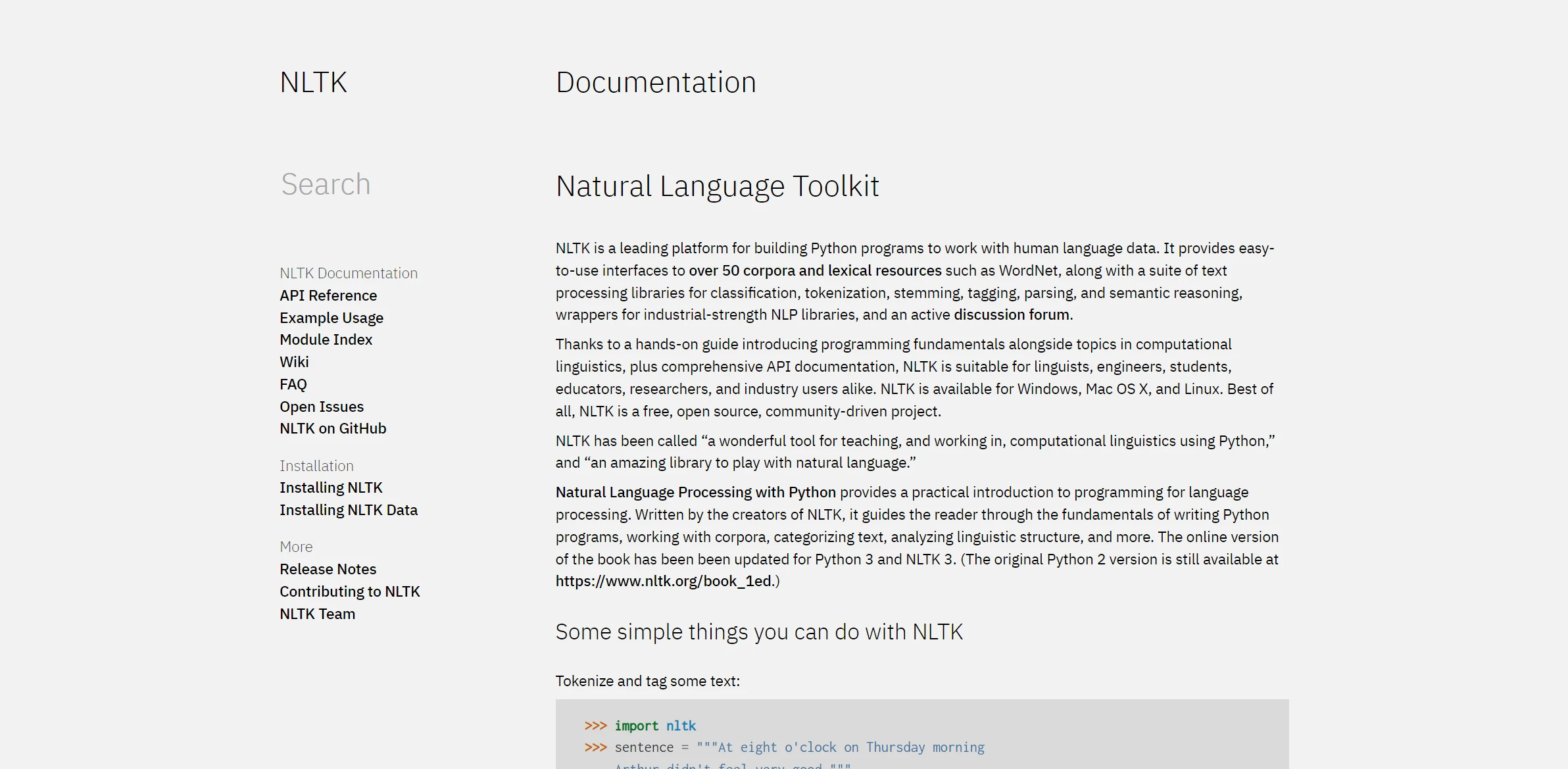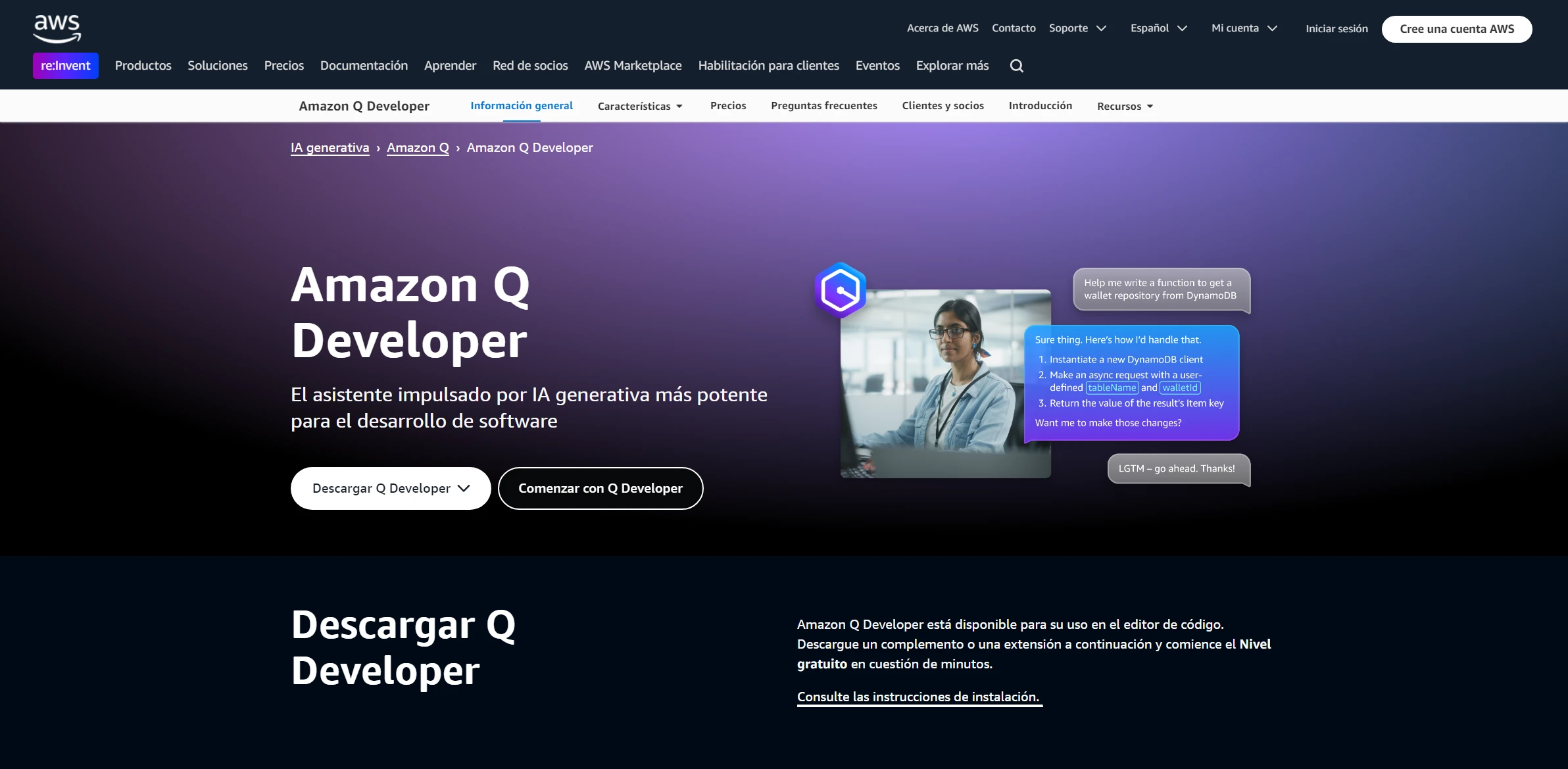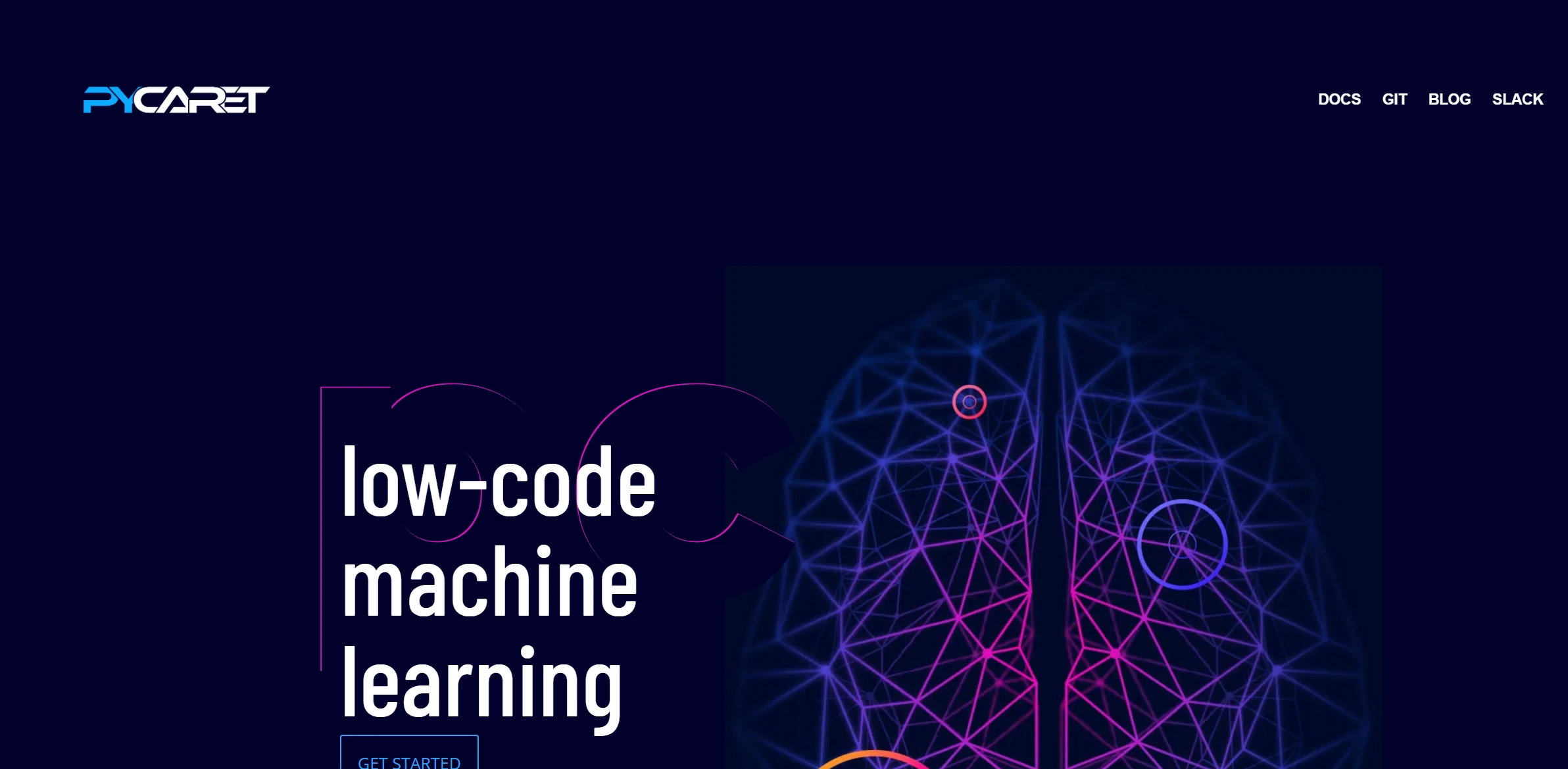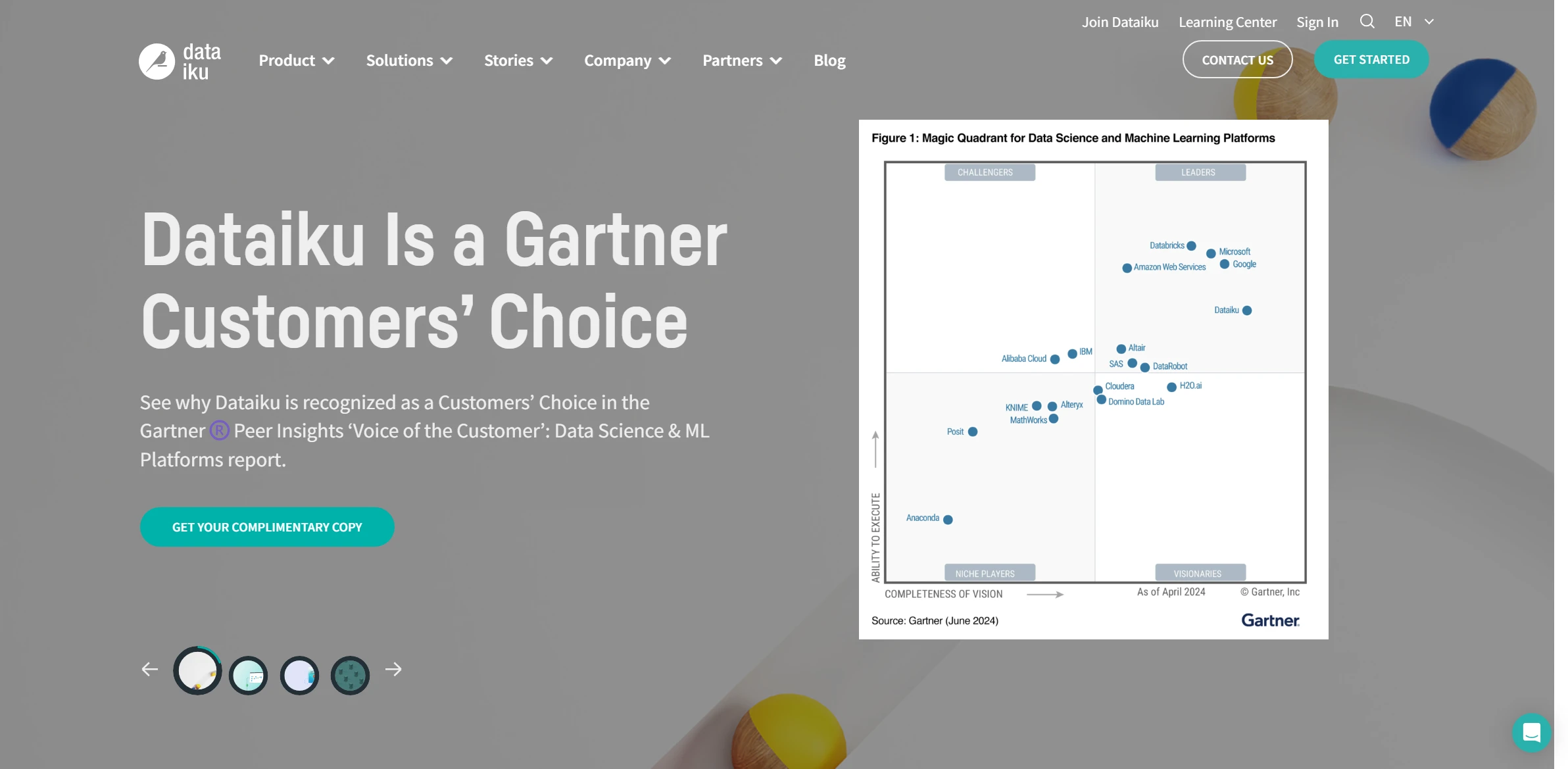Artificial Intelligence Tool NLTK

DESCRIPTION
Natural Language Toolkit (NLTK) is a powerful Python library designed for working with human language data, or natural language processing (NLP). It provides easy-to-use interfaces to over 50 corpora and lexical resources, along with a suite of text processing libraries for classification, tokenization, stemming, tagging, parsing, and semantic reasoning. Is particularly favored by researchers and educators for its accessibility and comprehensive documentation, making it an ideal tool for those who are new to NLP or those looking to prototype quickly in a flexible environment.
One of the key functionalities of this tool is its ability to perform tokenization, which is the process of breaking down text into smaller units, such as words or phrases. This functionality is essential for many NLP tasks, as it allows for the analysis of text at a granular level. For instance, tokenization enables the extraction of features from text, which can be used in machine learning models. By transforming raw text into a structured format, facilitates various downstream applications, including sentiment analysis, topic modeling, and text summarization.
The practical impact of NLTK’s tokenization feature extends beyond academic research; it is widely used in various industries, including customer service, marketing, and content creation. Businesses leverage tokenization to analyze customer feedback, refine marketing strategies based on sentiment analysis, and automate content generation. By providing access to sophisticated language processing techniques, NLTK empowers organizations to better understand and respond to human language, ultimately enhancing user experience and driving informed decision-making.
Why choose NLTK for your project?
Is an ideal choice for text processing due to its extensive library of linguistic resources, including corpora, lexical resources, and pre-trained models. Its modular design allows for customizable workflows, making it suitable for diverse applications like sentiment analysis, text classification, and language modeling. The toolkit’s strong community support ensures access to a wealth of tutorials and documentation, enhancing learning and implementation. NLTK’s integration capabilities with other libraries, such as NumPy and Matplotlib, facilitate advanced data analysis and visualization. Additionally, its educational focus makes it perfect for teaching concepts of natural language processing in academic settings.
How to start using NLTK?
- Install by running `pip install nltk` in your command line or terminal.
- Import the library in your Python script using `import nltk`.
- Download the necessary resources by using `nltk.download()`, which opens a GUI for selecting resources.
- Utilize various NLTK functions for tasks such as tokenization, stemming, or part-of-speech tagging.
- Explore the vast documentation and tutorials available on the NLTK website to enhance your understanding and application of the library.
PROS & CONS
 Comprehensive library of natural language processing tools, allowing for a wide range of text analysis tasks.
Comprehensive library of natural language processing tools, allowing for a wide range of text analysis tasks. Strong community support, with extensive documentation and numerous tutorials available for users.
Strong community support, with extensive documentation and numerous tutorials available for users. Built-in access to a variety of corpora and lexical resources, enhancing the quality of text analysis.
Built-in access to a variety of corpora and lexical resources, enhancing the quality of text analysis. Flexibility and extensibility, enabling users to build custom functionalities tailored to specific needs.
Flexibility and extensibility, enabling users to build custom functionalities tailored to specific needs. Open-source nature, making it accessible for academic research and personal projects without licensing fees.
Open-source nature, making it accessible for academic research and personal projects without licensing fees. Limited support for deep learning architectures compared to more modern frameworks.
Limited support for deep learning architectures compared to more modern frameworks. Steeper learning curve for beginners due to its extensive range of features and options.
Steeper learning curve for beginners due to its extensive range of features and options. Less efficient for processing large datasets, which can hinder performance.
Less efficient for processing large datasets, which can hinder performance. Fewer pre-trained models available, limiting quick deployment for specific tasks.
Fewer pre-trained models available, limiting quick deployment for specific tasks. May require additional libraries for certain functionalities, complicating the setup process.
May require additional libraries for certain functionalities, complicating the setup process.
USAGE RECOMMENDATIONS
- Familiarize yourself with the basics of Natural Language Processing (NLP) to better understand how works.
- Start with the official documentation and tutorials to learn about its functionalities and features.
- Utilize the built-in corpora and lexical resources provided by NLTK for various NLP tasks.
- Experiment with tokenization, stemming, and lemmatization to preprocess your text data effectively.
- Explore NLTK’s capabilities for part-of-speech tagging and named entity recognition.
- Practice using different classifiers available for text classification tasks.
- Take advantage of NLTK’s visualization tools to better understand the structure of your data.
- Incorporate with other libraries like NumPy and pandas for more advanced data manipulation and analysis.
- Join online forums and communities to seek help and share knowledge with other users.
- Stay updated with the latest developments and related NLP technologies by following relevant blogs and publications.
SIMILAR TOOLS

AWS CodeWhisperer
Streamline code writing with precise recommendations based on deep learning and modern applications.
Visit AWS CodeWhisperer
PyCaret
Facilitate data science projects with a collaborative platform that optimizes enterprise data management.
Visit PyCaret
Dataiku
Automate machine learning experiments with tools that ensure efficient tracking and advanced control.
Visit Dataiku